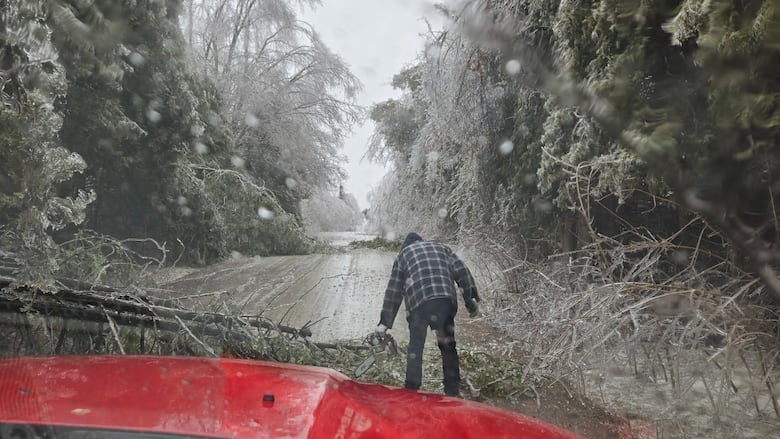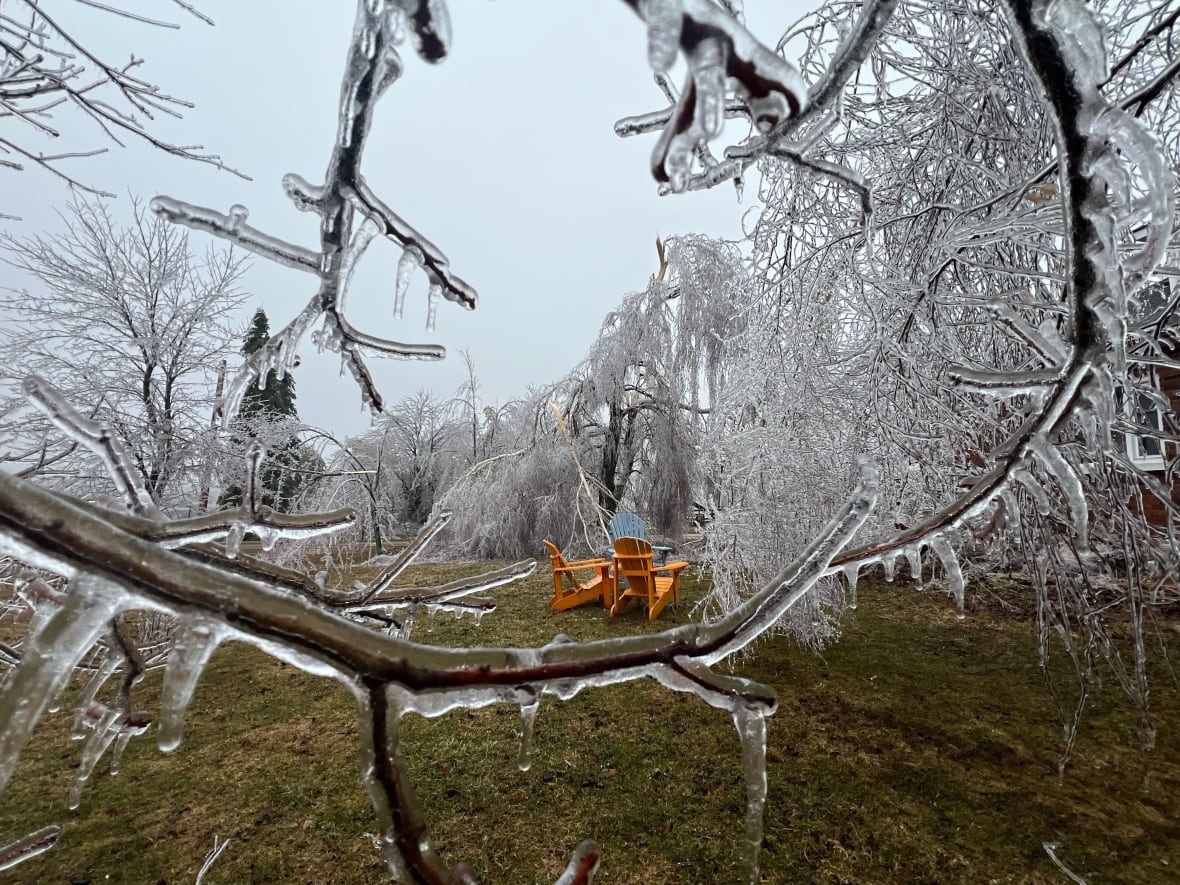Municipalities hit by Ontario ice storm turn to province for recovery money
Initial deadline for provincial reimbursement program is Monday, July 28

Ontario cities and towns impacted by a destructive ice storm in early spring have until Monday to raise their hand for a provincial recovery fund meant to offset the cost of cleaning up.
The storm, which hit swaths of central Ontario and Quebec on March 28, knocked out power to more than one million homes and businesses and cost $342 million in insured damage alone, according to the Insurance Bureau of Canada.
It also brought huge costs on municipalities, who scrambled to repair infrastructure and clear roads of fallen trees and brush.
"Because we are the second largest municipality in Ontario, it's a huge job to do. So we will be experiencing costs in excess of $15 million," said Kawartha Lakes Mayor Doug Elmslie of his community's cleanup.
Ontario's municipal ice storm assistance program requires municipalities to submit an expression of interest by Monday, with final application packages due on Oct. 31.
Elmslie says he's "very grateful" for the program, which promises to cover a sliding scale between 75 and 95 per cent of a municipality's total costs, depending on the size of its tax base and how much it spent.
He says whatever's left will come from Kawartha Lakes' reserve fund, after which "we could look at our budget and see where we could pare things [down] or save."

Brenda Rhodes, deputy mayor of Bracebridge, said her town spent about $470,000 after the ice storm, which they will be "looking to [be] reimbursed for" by the provincial program.
"We had prolonged power outages, significant damage to power lines, and obviously the trees and debris that was down on the roads," she said.
Orillia Mayor Don McIsaac says clearing trees and brush was the biggest post-storm line item for his city as well, with about $300,000 going toward paying for trucking out downed trees alone.
"We really spent $7.6 million in terms of the recovery effort," said McIsaac, much of it on tree and brush removal. "We estimate we'll get about 6.6 million back."
The province also has a similar reimbursement program geared toward businesses, which promises up to $250,000 to help businesses pay for emergency and clean up expenses.
